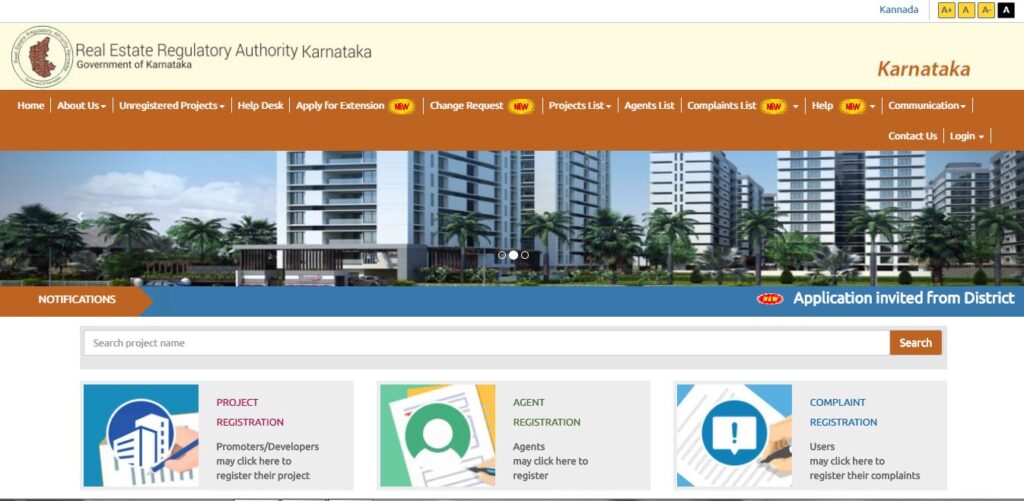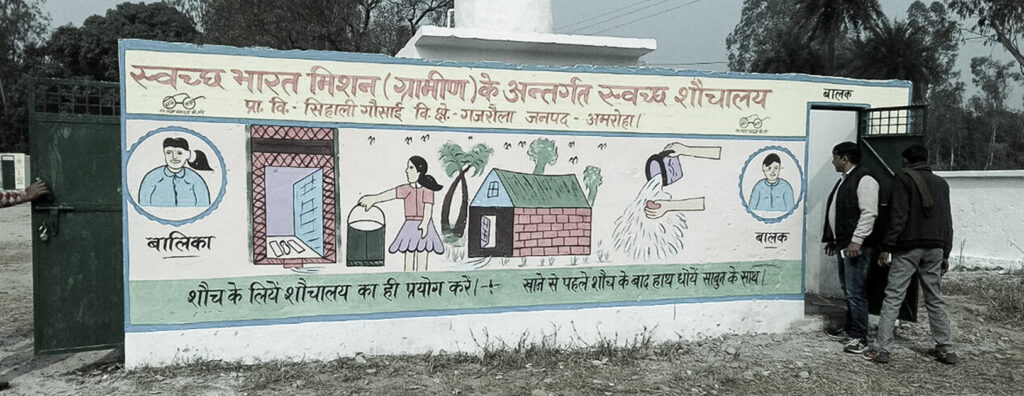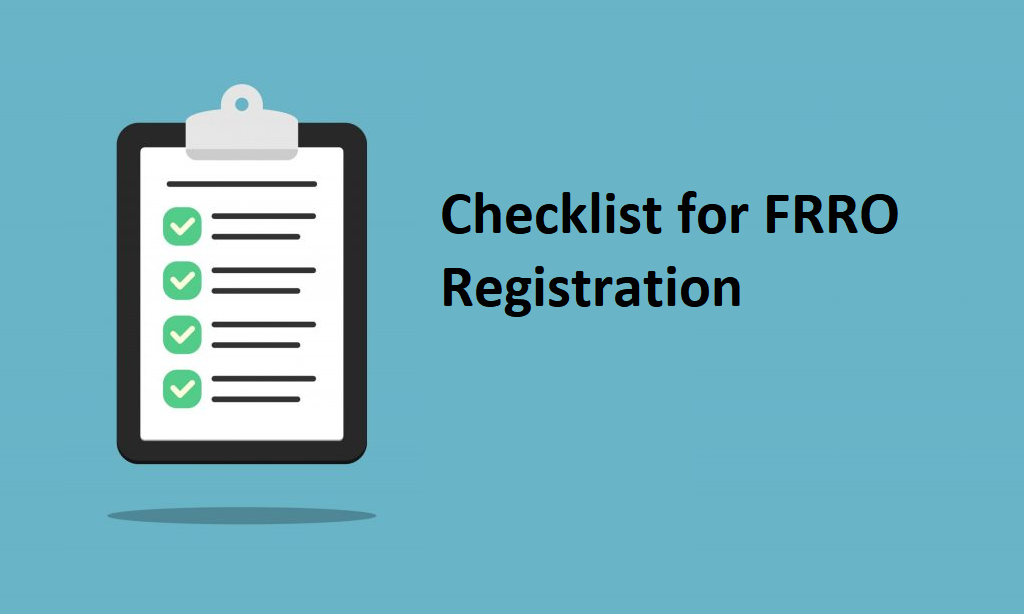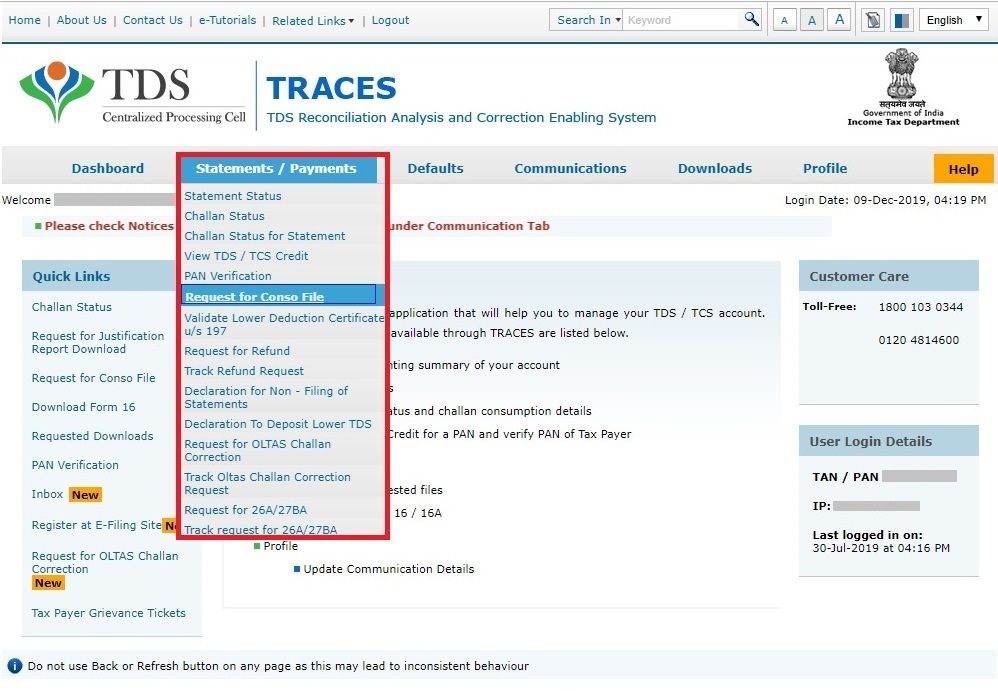GDP or “Gross Domestic Product” refers to the monetary value of all goods and services produced in a nation during a given year. A higher GDP indicates that the country is financially strong and growing at a stable rate. According to the World GDP Ranking 2024 list, India is the fifth largest economy in the world. Other prominent countries like the United States of America, China, Japan, Germany, etc., have a significant presence in this GDP Ranking list. Top 10 GDP Countries 2024 S. No. Country Name Continent GDP (USD Billion)* GDP Per Capita (USD thousand)* 1 United States America 28,783 85.37 2 China Asia 18,536 13.14 3 Germany Europe 4,590 54.29 4 Japan Asia 4,112 33.14 5 India Asia 3,942 2.73 6 United Kingdom Europe 3,502 51.07 7 France Europe 3,132 47.36 8 Brazil America 2,333 11.35 9 Italy Europe 2,332 39.58 10 Canada America 2,242 54.87 India GDP 2024 Rank With strong macroeconomic fundamentals, robust domestic demand, fiscal discipline, high saving rates and demographic trends, India is now the fifth-largest economy in the world. Today, India’s leading economic contributors are traditional and modern agriculture, technology services, the handicraft industry, and business outsourcing. With a real GDP of 173.82 lakh crore in 2023-24 generated by a population of over 1 billion, India is among the highest population-based economies in the world. Additionally, as per the recent data, India will tend to grow at 6.5%-7% in 2024-25. This means India’s economic growth next fiscal year will be the fastest among major economies. Therefore, in the upcoming years, rising consumption and investments, both domestic and foreign, will contribute to the nation’s growth and may also help India to rank higher in the World GDP Ranking list. India GDP Per Capita 2024 / India Per Capita Income 2024 India’s rank in the World GDP Ranking 2024 list, it is evident that the value of output per person is quite substantial. India’s per capita income of the population for 2024 is 2.73%. As per the Union government, the rise in the per capita income of people has pushed many households into higher income brackets. In the financial year 2023, India’s per capita income is nearly 2 lakh. On the contrary, in the financial year 2012, India’s per capita income was 71,609. It has increased by 175% in the last 10 years. The drastic increase in population and demand for employment has significantly increased the nation’s GDP per capita. Calculating GDP GDP is calculated using the following formula: Y = C + I + G + (X − M) C represents consumption, which includes spending on services, non-durable goods, and durable goods. I represents investment, which consists of spending on housing and equipment. G represents government expenditure, which includes salaries of employees, construction of roads, railways, airports, schools, and military expenses. The difference between total exports and imports is referred to as net exports, denoted by (X-M). In this context, Y represents the Gross Domestic Product. FAQs What is the World GDP Ranking List? The World GDP Ranking List is a ranking of countries based on their Gross Domestic Product (GDP). It reflects the economic output of each country and helps in comparing the economic performance of different nations. What is GDP? Gross Domestic Product (GDP) measures the total value of all goods and services produced within a country’s borders over a specific period, usually a year. It is an important indicator of a country’s economic health.





